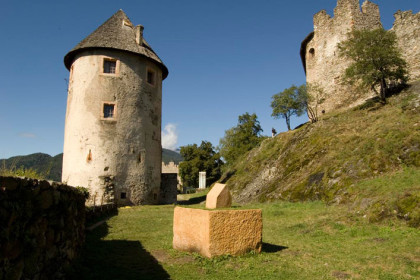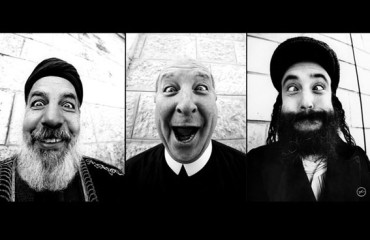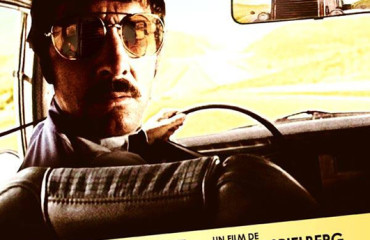
Hands that sculpt, hands that with precise and measured gestures model air aroud words, like they would model clay around an image or would lead the chisel through the lines of an idea. They are a sculptor’s hands, as Graziano Pompili, which bear the signs of doing and tell of strength and precision, delicacy and culture. That culture that draw much inspiration from Heidegger, in reference to titles already showing a lot of the significance of his work: Poeticamente abita l’uomo, Sotto il cielo sopra la terra, Der Feldweg – Il sentiero tra i campi. The remainder is a poetic that comes alive from history: “Prehistorical Venuses, pile-dwelling in the plains poor of traces and rich of mystery; rocky engravings, classical forms in marble and clay; the characters of the first writings pressed on the soft clay… fragments of history composing the alphabet of my artistic language”.
Exile from Fiume to Faenza when he was still a child, Graziano finds in the little town in Romagna the suitable place to what would have been, years later, his work: between clays and lathes, ovens and glazes he does his ceramic, he learns the techniques of plastic and starts collecting old potsherd from the surrounding countryside. Small fragments almost without a worth, but that bring the sign of man in their faded and chipped decorations that contain the everyday function, even when they don’t have an accomplished form anymore. And in these small findings are already existing the themes of Pompili’s works that, through primary and minimal forms, through light signs on the matter, lead us in a enchanted world where soul finds recovery and puts together pieces of thoughts by a common thread, the one of memory.
His laboratory is a warm and comfortable barn beside a house in the country of Reggio Emilia. On the ground floor there is a live and pulsing laboratory, where chrysalis of works converse intensely with their author, on the upper-floor a refined atelier, perfect in its semplicity, scattered with sculptures in marble and granite, with surfaces alternatively rough and unrefined as well as smooth and soft, so the stone can show all his potentiality tactive and chromatic. Through the openings, the terrace, the perspective falls on the bigger sculptures that arises from the ground of the garden and become significant presences integrated with nature, like in splendid show of 2011 organized inside and outside the massive fortress of Castel Pergine in Valsugana.
The set of Ri-archeologie is about the theme of ancient, classical forms terracotta intentionally broken and put together; then the set about the house, archetype of dwelling since prehistory, with its palafitte and terremare and with the cubic volumes and the pitched roofs, closed and protected nests that inhabit the imagination of children; still, the theme of human traces in the landscapes of the soft hills of Emilia, to the surprising standing out, in the midst of an undulating skyline, of the Pietra di Bismantova.
“Graziano Pompili gave voice […] to an idea of human existence that began its journey inside the mystery of life and asperities of the world with the look to the future, but with the feet firmly entrenched in its time, having on, with the symbol of the house and the tiny traces of the old, the inextinguishable fire of memory, without whom you are lost in the path of life” (S. Parmiggiani)
 English
English  Italiano
Italiano 



